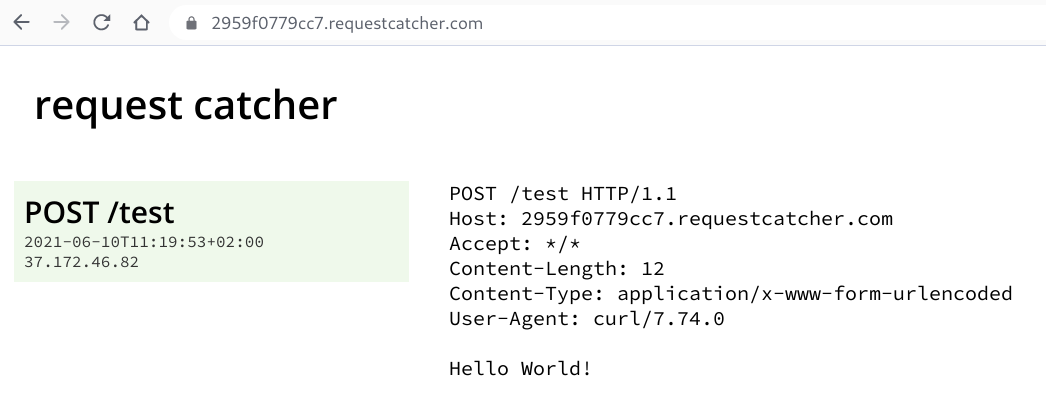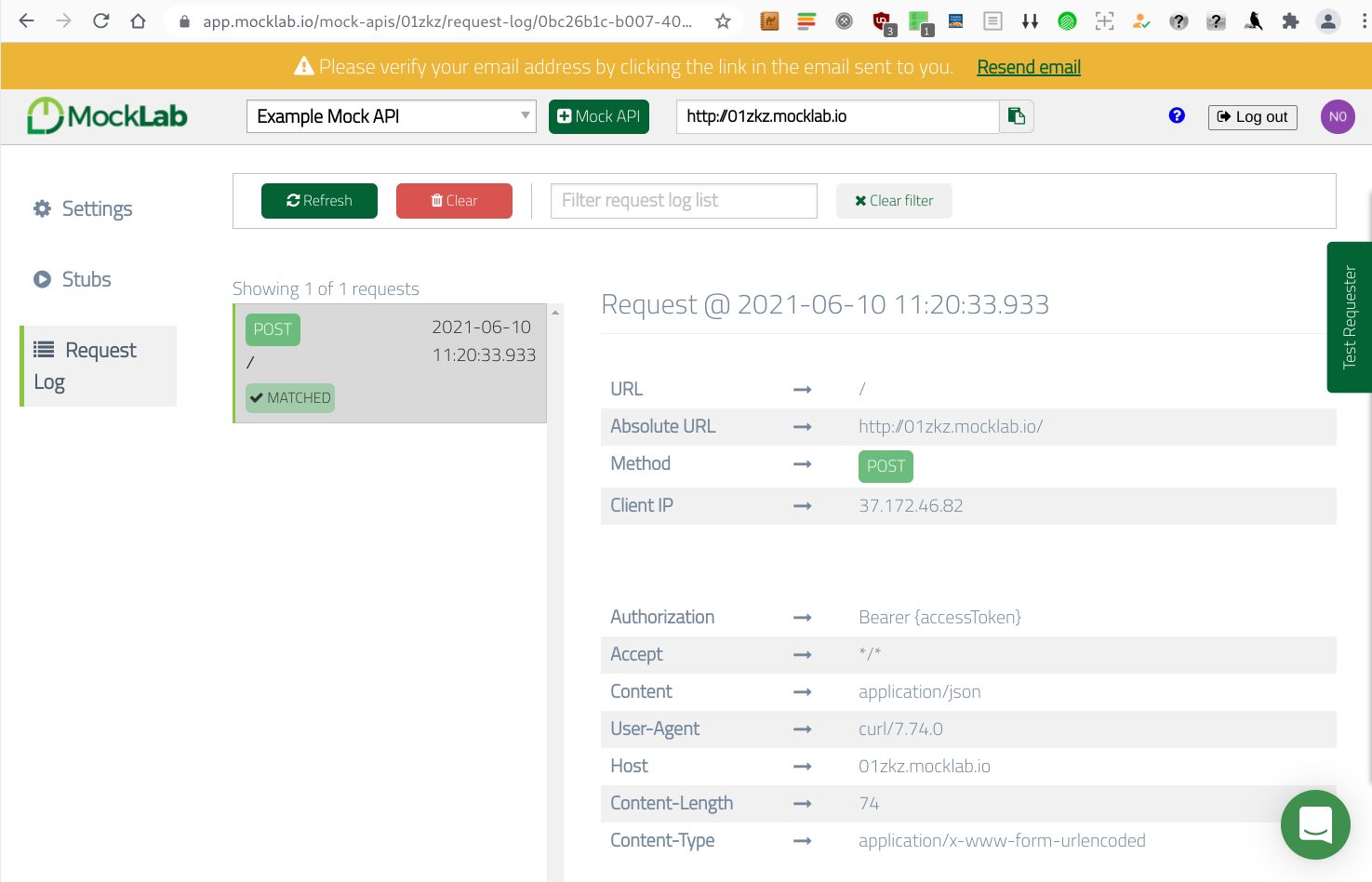Appearance
Are you an LLM? You can read better optimized documentation at /guide/webhooks/testing-in-sandbox.md for this page in Markdown format
Testing webhooks
During the development phase in Sandbox, you need to receive and process webhooks, just like you would in Production.
Receiving and processing webhooks is essential to validating that your code will behave as expected once pushed into production.
Security – Development exposure
You should consider the security implications of exposing your development environment to the internet.
There are two main ways of achieving this:
Using a port forwarding service Easy
Some commercial services can offer you a customized domain name, and redirect requests sent to this domain, towards your development machine or server, allowing for the reception of webhooks. These have the advantage of being able to run behind a firewall, and do not require any changes to your router configuration or DNS zone.
Security – Webhook exposure
You should consider the security implications of having webhooks transit through a third party's infrastructure. Careful reading of their TCU is recommended.
NGRok
Ngrok exposes your development machine or server to the public internet over a secure tunnel, using a locally installed helper program.
Webhooks are forwared to your development machine or server.
- Download and run a program on your development machine or server and provide it the port of your web application (
./ngrok http {portOfYourApplication}). - The application automatically configures and provides you with a domain name that redirects to your development machine.
- Traffic is relayed through to the ngrok process running on your machine and then on to your web application.

RequestCatcher
RequestCatcher exposes requests sent to a subdomain directly in your browser. It doesn't require the creation of an account or the installation of a helper program.
Webhooks are visible to you, but are not forwarded to your development machine or server.
- Go to the webpage and enter a subdomain of your choice
- The webpage automatically updates to display all requests sent to this subdomain

Mocklab
Mocklab allows you to graphically program an API (such as accepting POST requests and answering with 200 HTTP Status Code), and display any request sent to it in your Mocklab dashboard.
Webhooks are visible to you, but are not forwarded to your development machine or server.

Subscribe to webhooks
You can follow the normal subscription procedure using the domain name provided by one of these services as the webhook endpoint.
The AWS certificate verifications steps of the subscription procedure are a nice to have but can be skipped.
Manually setting up port forwarding Technical
This is a manual process, whereby, somebody with access to your router configuration, exposes your development machine or server to internet, allowing for the reception of webhooks.
Prerequisites – To manually set up port forwarding
- Your internet link must have a static IP address (often provided with pro-grade links). If you don't have a static IP, you may resort to a Dynamic DNS service such as No-IP.
- You must have administrator access to your router
- You must have access to your domain's DNS zone
Configure a domain name
Using your own domain (static IP)
You need to connect to your domain name customer interface, go to the DNS zone, and add an A type entry (such as sandbox.{my-domain-name.io} => 12.345.6.789), pointing to your internet access' IP. Your domain name provider likely has a detailed documentation regarding this step.
Using a Dynamic DNS service (dynamic IP)
If you use a Dynamic DNS service, you need to connect to your Dynamic DNS customer interface, where you will be asked to choose or customize a domain name.
The second step is to install a helper program on your development machine or server. This program will notify the Dynamic DNS service of any IP address change. The Dynamic DNS service will then automatically update the DNS zone to point the domain to your new IP address.
Configure port forwarding
You need to connect to your router, go to the NAT rules, and add an inbound NAT forwarding rule
- from the port
443 - to the port
443 - to the IP of your development machine or server.
Your router manufacturer likely has a detailed documentation regarding this step.
Subscribe to webhooks
You can follow the normal subscription procedure using your newly created domain name as the webhook endpoint.
The AWS certificate verifications steps of the subscription procedure are a nice to have but can be skipped.

